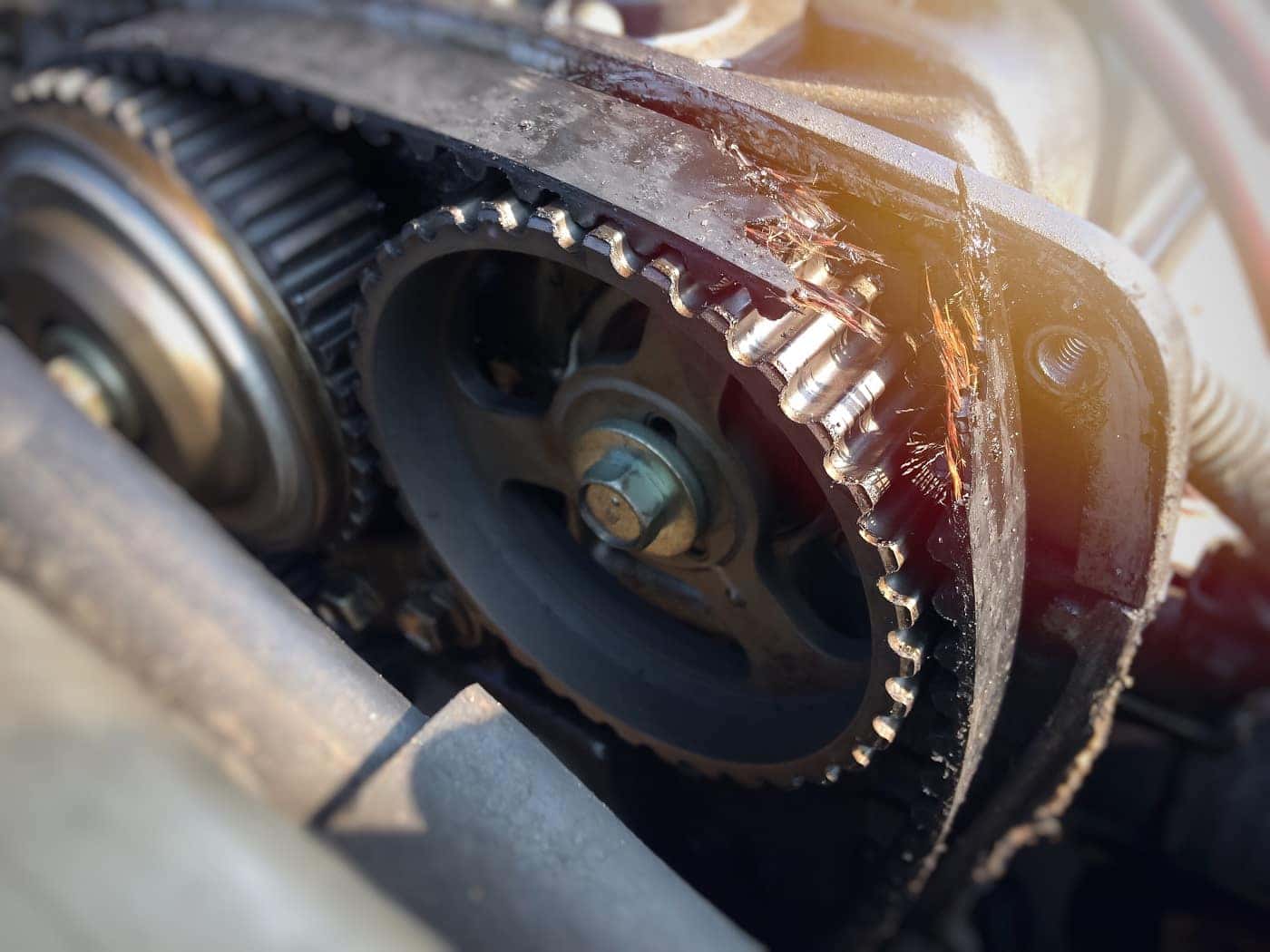Sure, I can help you with that. Here’s the article in HTML format:
What are the signs of a bad timing belt? Your car’s timing belt plays a crucial role in the proper functioning of the engine. It synchronizes the rotation of the crankshaft and the camshaft, ensuring that the engine’s valves open and close at the right times. A bad timing belt can lead to serious engine damage and costly repairs if not addressed promptly. So, how can you tell if your timing belt is failing? Let’s explore the common signs that indicate a bad timing belt.
1. Ticking or Clicking Sound
If you notice a ticking or clicking sound coming from your engine, it could be a sign of a worn timing belt. The belt’s deterioration can cause unusual noises as it struggles to maintain proper tension and alignment.
2. High-Pitched Screech or Whirring
Upon starting the engine, accelerating, or idling, if you hear a high-pitched screech or whirring, it may indicate the need for a timing belt replacement. These noises are a clear indication that the belt is no longer functioning optimally.
3. Misfiring Engine
A misfiring engine can be a symptom of a failing timing belt. The cam belt runs through a series of pulleys that operate the camshaft and crankshaft. When the timing belt is worn or damaged, it can lead to engine misfires and poor performance.
4. Trouble Starting the Engine
If you experience difficulty starting the engine, it could be due to a faulty timing belt. When the timing belt fails, the engine may struggle to ignite or turn over properly, resulting in starting issues.
5. Changes in the Appearance of the Belt
Inspect the timing belt for any visible signs of wear, such as cracks, fraying, or glazing. Changes in the appearance of the belt indicate that it is reaching the end of its lifespan and needs to be replaced.

Credit: www.eliteacura.com
6. A Squealing Noise
A squealing noise coming from the engine area can be a red flag for a failing timing belt. The noise is often caused by the belt slipping or rubbing against the pulleys, indicating that it requires immediate attention.
7. Oil Leaks
An oil leak around the engine may also signal a failing timing belt. As the timing belt deteriorates, it can lead to oil leaks, which should be addressed promptly to prevent further damage to the engine.
Regular inspection and maintenance of the timing belt are essential to ensure the proper functioning of the engine and prevent costly repairs. If you notice any of these signs, it’s crucial to have your timing belt inspected by a qualified mechanic and replaced if necessary. Ignoring the warning signs of a bad timing belt can result in severe engine damage and safety hazards.
Remember, prevention is always better than cure when it comes to your vehicle’s timing belt. Stay vigilant for these signs, and address any issues promptly to keep your engine running smoothly and reliably.
Frequently Asked Questions
How Does A Car Act When The Timing Belt Is Bad?
When a car’s timing belt is bad, the engine won’t turn over properly and won’t ignite. You may hear the starter engage, but the timing belt operates the crank and shaft, so it won’t fully ignite. Other signs include ticking or clicking sounds, rough idling, trouble starting the engine, and changes in the appearance of the belt.
It’s important to get your belt checked if you notice any of these signs.
Are There Warning Signs Before A Timing Belt Breaks?
There are warning signs that indicate a timing belt is about to break. These include ticking or clicking sounds from the engine, high-pitched screeching or whirring upon starting, accelerating, or idling, misfiring engine, rough idling, trouble starting the engine, changes in the appearance of the belt, and squealing noise.
If you notice any of these signs, it’s time to get your timing belt checked and possibly replaced.
How Do You Know If A Timing Belt Needs Changing?
If your car’s timing belt needs changing, there are several signs to look out for: 1. Misfiring engine 2. Rough idling 3. Trouble starting the engine 4. Changes in the appearance of the belt 5. Squealing noise If you notice any of these symptoms, it’s time to get your timing belt checked and replaced.
How Do You Test A Timing Belt?
To test a timing belt, with the engine running and timing belt cover off, observe the belt. It should stay tight and straight. Any flexing indicates potential issues, which can lead to engine problems.



